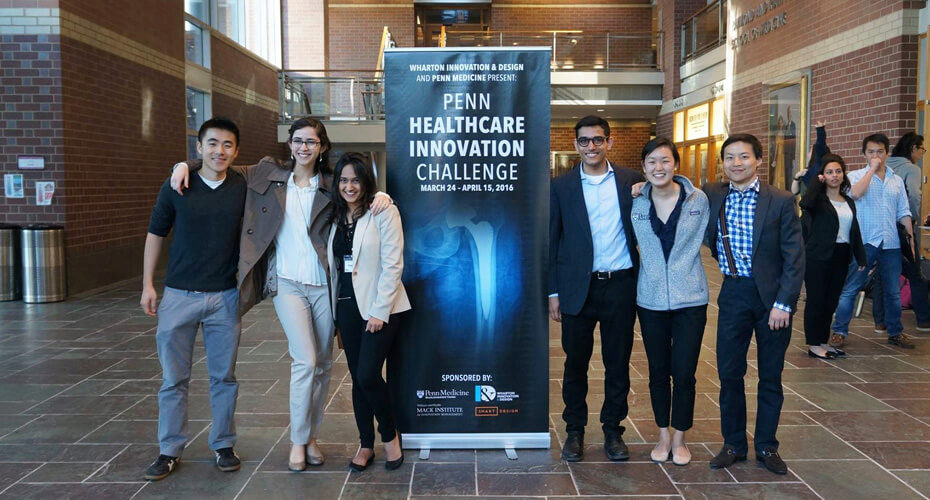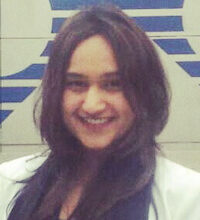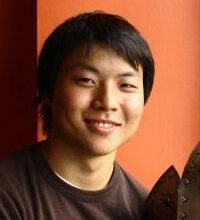
Over the course of a three-week sprint this spring, students at Penn worked to reinvent the pre-operative process for hip and joint replacement surgeries.
The 2016 Penn Healthcare Innovation Challenge invited cross-campus teams to find new ways to help patients better navigate this complex process. Through guided stakeholder interviews, ideation workshops, and final presentations, the teams set out to familiarize themselves with the clinical process and patient experience to gather insights, uncover opportunity areas, and create a comprehensive solution.
The program was a partnership between the Penn Center for Healthcare Innovation, the Penn Medicine Musculoskeletal Center, the Wharton Innovation & Design Club, the Mack Institute for Innovation Management, and Smart Design.
A unique element of the challenge was that teams were assigned with individuals representing a wide range of schools at Penn. Not quite ready to let their collaboration come to an end, the winning students teamed up once more to share their experience:
 “It was a wonderful experience working with such a diverse team of talented people,” said Taneesha Chawla, a Master’s candidate in bioengineering. “Since we were students from different schools, each of us brought our own specialized skills to the table, which made problem solving so much easier and a lot more fun. I learned something new from every member of the team.”
“It was a wonderful experience working with such a diverse team of talented people,” said Taneesha Chawla, a Master’s candidate in bioengineering. “Since we were students from different schools, each of us brought our own specialized skills to the table, which made problem solving so much easier and a lot more fun. I learned something new from every member of the team.”
Though strangers at first, the fast-paced timeline required that the team quickly warm up to each other.
 Phillip Chang, an Integrated Product Design student, wrote, “The biggest challenge our team found was getting everyone on the team to be comfortable and confident sharing their ideas. We overcame it by encouraging each other to say something, even if people weren’t necessarily ready to share or if their ideas weren’t fully formed. We wanted to create a team environment where it was okay to be wrong, while still progressing our ideas forward.”
Phillip Chang, an Integrated Product Design student, wrote, “The biggest challenge our team found was getting everyone on the team to be comfortable and confident sharing their ideas. We overcame it by encouraging each other to say something, even if people weren’t necessarily ready to share or if their ideas weren’t fully formed. We wanted to create a team environment where it was okay to be wrong, while still progressing our ideas forward.”
The collaborations extended beyond the team as they delved into conversations and observations in the clinical spaces and waiting rooms.
 Katherine Lopez Hayna, a design engineer and fellow IPD student, shared, “The most valuable aspect of the Penn Med Innovation Challenge was the interaction with all the players involved: teammates, patients, doctors, and administrative personnel…all created valuable input for the final design. The collaborative spirit enriched the learning process on both professional and personal levels.”
Katherine Lopez Hayna, a design engineer and fellow IPD student, shared, “The most valuable aspect of the Penn Med Innovation Challenge was the interaction with all the players involved: teammates, patients, doctors, and administrative personnel…all created valuable input for the final design. The collaborative spirit enriched the learning process on both professional and personal levels.”
And there were many discoveries along the way.
 “Although the average age that is served by the musculoskeletal center is 65, we were surprised to see many patients using iPads and smart phones so casually. Accordingly, some of our solutions extended into the digital realm, including an interface that allowed the patients to track where they were in the process,” Danish Dhamani, a mechanical engineering undergraduate, explained.
“Although the average age that is served by the musculoskeletal center is 65, we were surprised to see many patients using iPads and smart phones so casually. Accordingly, some of our solutions extended into the digital realm, including an interface that allowed the patients to track where they were in the process,” Danish Dhamani, a mechanical engineering undergraduate, explained.
It was an action-packed few weeks.
 “Overall,” said Eric Kuang, a first year Wharton MBA student, “the healthcare challenge was a fantastic experience that taught us a lot about design thinking, healthcare, and the power of working in a team with such diverse perspectives. For anyone considering this challenge next year, we hope that you take special care in speaking with everyone involved in the process — patients, staff, administration, and physicians. Getting to know them and their feedback and concerns was a truly rewarding experience that helped shape our final solution. And remember to have fun!”
“Overall,” said Eric Kuang, a first year Wharton MBA student, “the healthcare challenge was a fantastic experience that taught us a lot about design thinking, healthcare, and the power of working in a team with such diverse perspectives. For anyone considering this challenge next year, we hope that you take special care in speaking with everyone involved in the process — patients, staff, administration, and physicians. Getting to know them and their feedback and concerns was a truly rewarding experience that helped shape our final solution. And remember to have fun!”
“Truly the unique people and resources at Penn enabled the rich experience for all of us students, and helped bring a new angle to an old challenge,” the team concluded. “We learned more than we expected about design and healthcare, realized the value of creativity and empathy when solving practical problems, and to top it off, made new friends. We hope these collaborations are an enduring part of the challenge beyond these three weeks, and intend to take these lessons with us into our careers.”
 Katherine Choi, who is graduating from the Perelman School of Medicine and pursuing a career in healthcare IT and innovation, also contributed to this post.
Katherine Choi, who is graduating from the Perelman School of Medicine and pursuing a career in healthcare IT and innovation, also contributed to this post.




I had a full joint hip replacement in 2006 which was revised in 2012 due to the metal on metal device that caused numerous issues for me. I am interested in hearing about your findings.
Thanks for your comment! We will send you an email with more information about changes the hospital may be implementing based on these students’ findings.
Really interesting, but why wasn’t anyone from the School of Nursing included in this collaboration? It seems to me that they could provide really excellent insight on both the clinical process and the patient experience.
Thanks for your comment, Sadie. You’re right that a nurse’s perspective would be invaluable here. While the winning team happened to not include any nursing students, the competition was open to all schools at Penn, including the nursing school, and the winning team’s interviews included a full cross-section of Penn Medicine.
First time patient today there with my parents – amazingly good experience – suggestion for you implement an opt-in SMS text program – would be great to get a text morning of (like airlines) letting you know if your dr is on time or running behind – we found out when we arrived and appreciated this info but I think this aspect could be improved – LOVE the weekend hours and this place is first class – would love to see the findings as well – thanks !
Hi Darlene,
Thanks for your feedback and the suggestion! You can look forward to an email from one of the project participants soon.